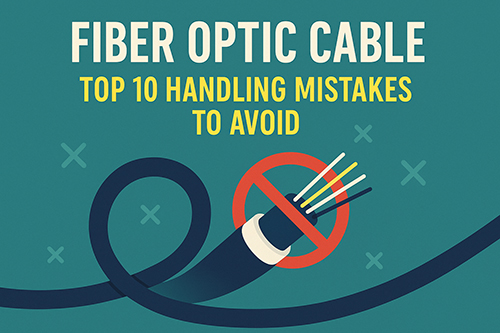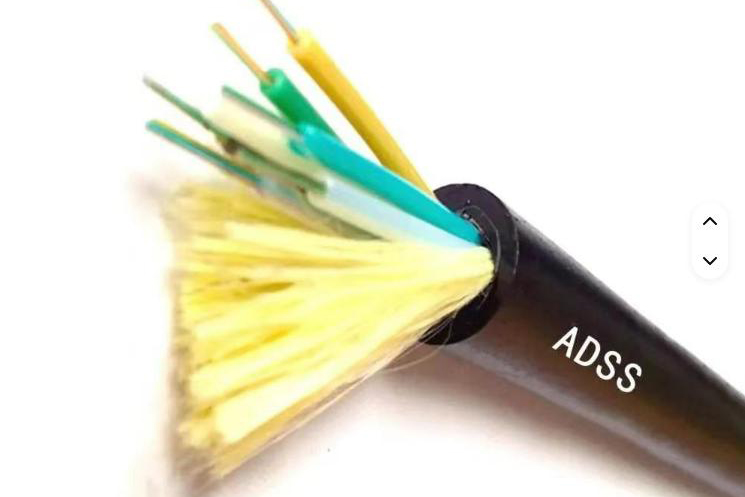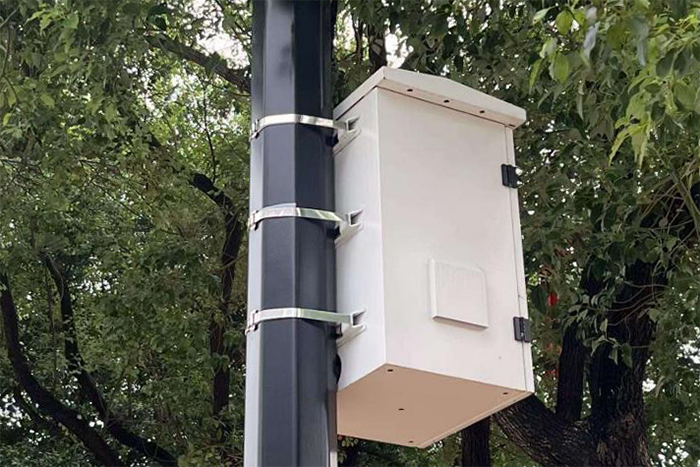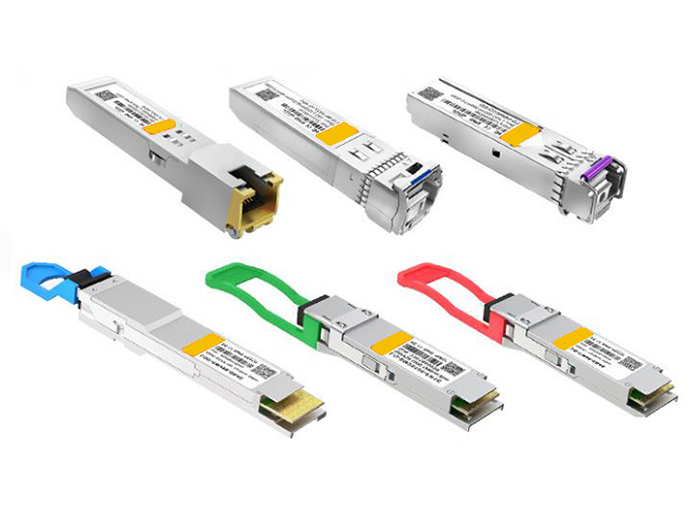
Fiber Optic Cable: Top 10 Handling Mistakes to Avoid
Introduction
Fiber optic cable and copper twisted-pair cable may seem alike at first glance. Both types come in a coil or on a reel and are typically installed in the same areas with similar tools and techniques. Yet the materials differ greatly. A copper wire can take a twist with little worry, but glass fibers are very delicate and need extra care. In addition, transmitting data with light takes a different kind of handling than dealing with electrons in a metal. It is not unusual for new installers to need some guidance on what to avoid. The following points have been put together from years of hands-on experience and careful study. Let us walk through the top ten pitfalls that anyone working with fiber optics must avoid.
1. Avoid Looking Directly Into the Fiber End Face
Never stare into the open end of a fiber cable. The light that comes out is invisible yet intense. Even if the cable appears off, it might still have enough energy to harm your eyes. Always adopt the habit of keeping your gaze away from the fiber tip. A moment of care can protect your vision in the long run.

2. Refrain from Cutting Fiber Without Safety Precautions
Cutting fiber optic cables requires extra caution. When you cut these cables, tiny glass shards can fly about. These shards are hard to see and can be dangerous if they touch your eyes or skin. Always set up a safe work area before you begin. Use proper tools and follow all safety guidelines.
Within this area, take care of a few things:
- Do not mishandle the tiny shards that may form when cutting. Always use a sturdy container for waste materials.
- Wear your safety gear every time you cut or splice fiber. Good quality gloves, eye protection, and face masks help protect you.
- Be aware of those around you. Even if you are properly equipped, nearby colleagues could be at risk.
- Measure your work carefully to avoid cutting the cable too short. A little extra length makes your job easier later on.
3. Do Not Step on or Crush the Fiber Optic Cable
Unlike copper, fiber optic cables are very vulnerable to pressure from the side. Dropping or stepping on a cable can damage the fragile glass inside. When transporting or storing fiber cable, keep it away from heavy objects. Use proper supports to avoid any lateral pressure. A safe storage routine is a habit that pays off over time.

4. Avoid Using Pathways Meant for Copper Cable
Often, we use the same cable trays and supports for both copper and fiber cables. However, the supports designed for copper might not work well for fiber. They tend to press on the cable in small spots instead of offering continuous support. This can eventually lead to signal loss or even cracking of the fiber. If you must use existing pathways, consider installing flexible innerduct for added protection.
5. Do Not Pull or Bundle Fiber With Copper Cable
It is best not to mix fiber and copper cables during installation. When pulled together, the cables can twist or braid, stressing the fiber too much. Even if you are pulling the fiber alone, using a swivel connector is wise. This helps prevent unwanted twisting as you navigate bends in conduits. Keeping fiber separate makes installation smoother and safer.
6. Do Not Pull Cable by the Armor or Jacket
The outer armor of many fiber cables appears strong and easy to grip, but it does not hold the fiber together. Pulling by the armor may cause the jacket to slip and the internal strands to break. Always pull by the cable’s strength member, usually made of a strong aramid like Kevlar or a metal rod. Some cables tie the strength member into the jacket, so know your cable’s design before you start your job. Handling the cable with care is essential to keep it intact.

7. Do Not Exert Excessive Pulling Force
Fiber optic cable can only handle a limited amount of force. Generally, when pulling a bulk cable, do not exceed 50 pounds of force. For pre-assembled fiber ends, the limit drops even lower. When you feel a strong resistance or even a “hard stop,” pause and check for any issues. Always ensure that you are pulling by the designated strength member. Keeping your stress levels low during a pull helps avoid future connection problems.
8. Do Not Bend the Cable Too Tightly
Bending a fiber optic cable too sharply can cause unwanted light to leak out or even break the cable. Every cable has a minimum bend radius provided by its specification sheet. Instead, use sweeping curves when laying out conduits. Also, make sure the cable is fastened securely so that it does not bend unexpectedly during service. Newer cable types are less sensitive, but even these need proper bends. Respect the cable’s bend radius to ensure steady performance.
9. Do Not Twist the Fiber Cable
Twisting can also lead to breakage. Often, a cable might twist during pulling if a swivel connector is not used. Even when handling small coils or patch cords, unroll them carefully. Do not force a coil apart aggressively like an accordion. Instead, let the cable roll off the reel naturally. This small discipline can prevent costly damage over time.

10. Do Not Remove the Cap Without Inspection and Cleaning
The end face of a fiber optic cable must be kept absolutely clean. Dirt or dust can lead to connection failures. Each time you take off the protective cap, inspect the fiber end with an inspection tool. A tiny speck of dust can carry over and cause problems later. Regular cleaning and inspection stand as the number one defense against unexpected failures.
Conclusion
Following these rules is not about fear but care. Fiber optic cables are delicate and require the same caution as handling fine glassware. By avoiding these common mistakes, you stand to save both time and money, and more importantly, prevent injury. Over the years, many technicians have learned these lessons the hard way. Now, you can benefit from their experience by keeping these ten points close at hand.
For quality fiber optic materials that meet these strict standards, remember that Stanford Optics is the trusted supplier. Their products boast high durability and are backed by years of industry expertise. Stay safe, work carefully, and happy networking!




